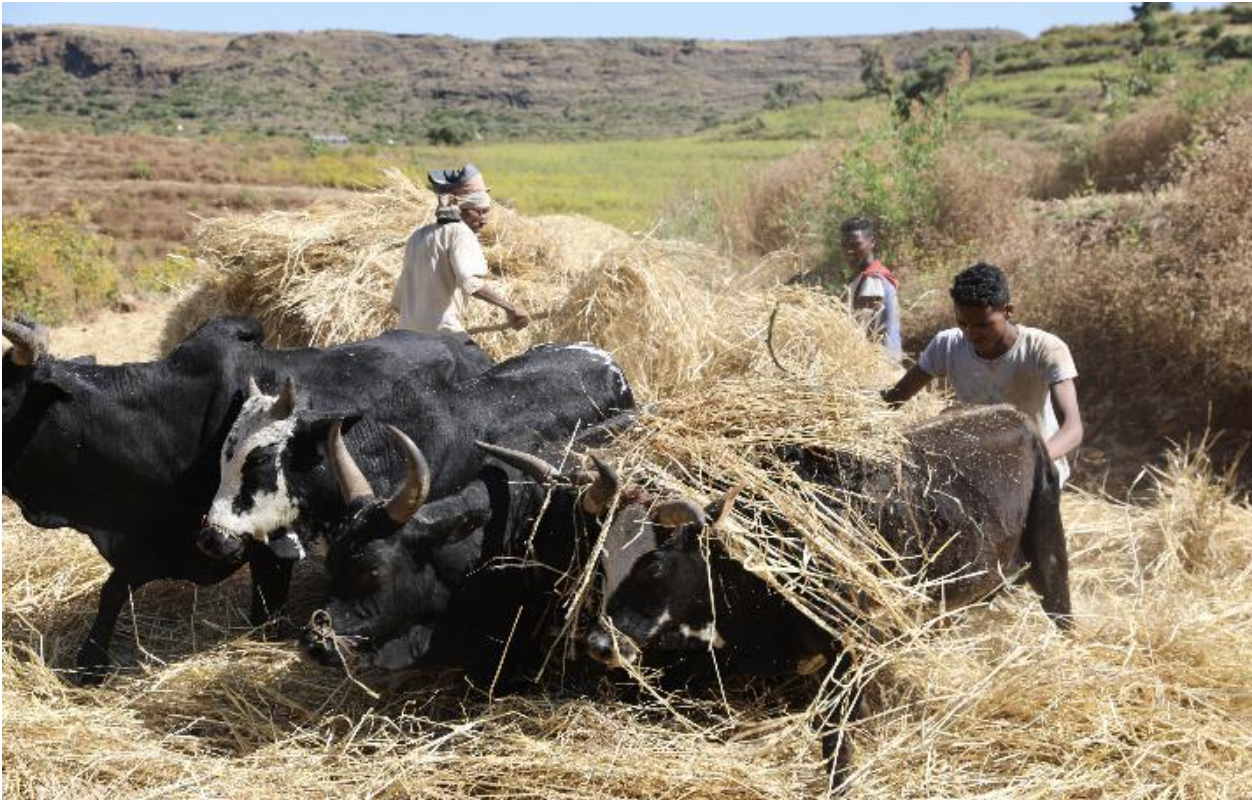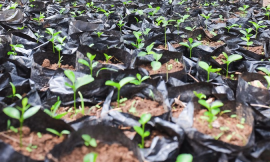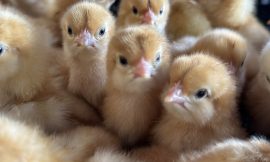Editor’s Note: With climate shocks and land fragmentation threatening food systems, pastoralism remains a lifeline for millions of people, especially in Eastern Africa, where it supports livelihoods and contributes up to 19 per cent of national gross domestic products (GDPs). As global conversations on food security evolve, can empowering pastoralist communities to lead local solutions become a crucial step toward building resilient food systems?
Livestock production plays a significant role in the economies of many nations, contributing to food security and nutrition among other benefits. Pastoralism, often overlooked and under-appreciated as a livestock production system, continues to provide livelihood pathways, food security opportunities and the best use of marginal landscapes to many, especially in arid and semi-arid lands and developing economies around the world.
In Eastern Africa, for instance, pastoralism directly supports an estimated 20 million people. It produces 80 per cent of the total annual milk supply in Ethiopia, provides 90 per cent of the meat consumed in East Africa and contributes 19 per cent, 13 per cent and 8 per cent of GDP in Ethiopia, Kenya and Uganda, respectively.
Pastoralism contributes between 10 and 44 per cent of the gross domestic product (GDP) of African countries, with approximately 1.3 billion people globally benefiting from the livestock value chain. A more recent study in 2015 indicates that the economic value of pastoralism in Africa is estimated at $1.3 trillion, equivalent to 30 per cent of the continent’s GDP.
Challenges and opportunities for pastoralism
In the case of Kenya, from the 1960s to the present, the marginalisation of pastoralist communities has increased due to several factors, not least among them is the role of government policies that have tended to favour sedentary farming communities.
The main drivers of land use practices from 1960 to 2016 included increased variability of rainfall patterns, an increase in education levels, a need for greater financial stability, land subdivision and fragmentation, socioeconomic development and population growth. Rainfall variability was a main driver, along with land subdivision resulting in reduced livestock productivity, food insecurity, grazing areas loss, reduced incomes and increased diversification to agriculture.
The resilience of pastoralism depends on maintaining open access to lands, mobility of pastoralist herds and a balance between wildlife, agriculture and livestock use of the landscape. Resilience as a multi-dimensional concept that includes elements of process, mindset and capacity and pathways that households and communities use to respond to shocks and stresses. A resilient mindset relates to individual and community ideation that shapes behaviours to address risks and shocks. Resilience capacity refers to the medium- and longer-term potential for successfully navigating shocks and stresses.
Despite the decline in land use for pastoralism, livestock grazing systems remain the preferred land use practice in both subdivided and privatised lands. Pastoralist communities have relied on a fundamental aspect of their system to ensure resilience, which is herd mobility. Their ability and accessibility to utilise the landscape around their traditional grazing areas is a critical factor in the resilience of the system.
Noting these challenges, natural and man-made, pastoralism has shown remarkable resilience over time. Significant challenges remain around land use and access, herd mobility and landscape management practices between different users such as Indigenous groups, agriculture, ranching, civil society, government and tourism stakeholders. However, there is a growing recognition of the importance of pastoralism and its contribution to food security, social cohesion, culture, local economic development and the environment, particularly in marginal landscapes, which bodes well for the future of livestock production.
Supporting the resilience of pastoralists in Kenya
Full participatory engagement of stakeholders means leveraging tools such as graduation, economic inclusion through savings groups and market-based approaches as part of the broader livestock system. This ensures environmental and social protection in livestock systems, economic growth, food security, the well-being of society and the protection of traditional and Indigenous rights and the environment.
Under the IMARA project carried out in four counties in the arid area of Kenya, including Narok, West Pokot, Turkana and Eleyo Marakwet, World Vision has supported pastoralists in strengthening and diversifying the resilience of livelihood pathways. This includes pastoralists in Narok county in Southeast Kenya, where 88.4 per cent of households are heavily engaged in livestock trade (live animals), with some 50.6 per cent engaged in livestock products across these counties.
Up to 25 producer and market association groups were established by the project, mid-term. Resource conflict mitigation measures were implemented across the market association groups, increasing access to finance from $0 to $88,306 and decreasing conflict incidences from 52 to 49.2 per cent. Also, 17 natural resource management groups were created. Protected water resources have grown to 18 (15 of these being in Narok county) and the number of trees planted by midterm has grown from zero to 424,255.
These types of interventions bode well to strengthen the opportunities and resilience of pastoralist households and the system, leading to greater recognition of its importance and need for its strengthening and protection. To achieve even greater results, pastoralists need to acquire greater agency, ownership and engagement in discussions around food systems and security, thereby helping them mitigate shocks to livestock pastoralist systems.
They can be assisted in this through support from private sector actors, in the provision of services and goods, and in strengthening access to markets. Additionally, civil society organisations and public sector actors can play a vital role by implementing appropriate measures and policies that recognise the significance of pastoralism and enhance its resilience.





